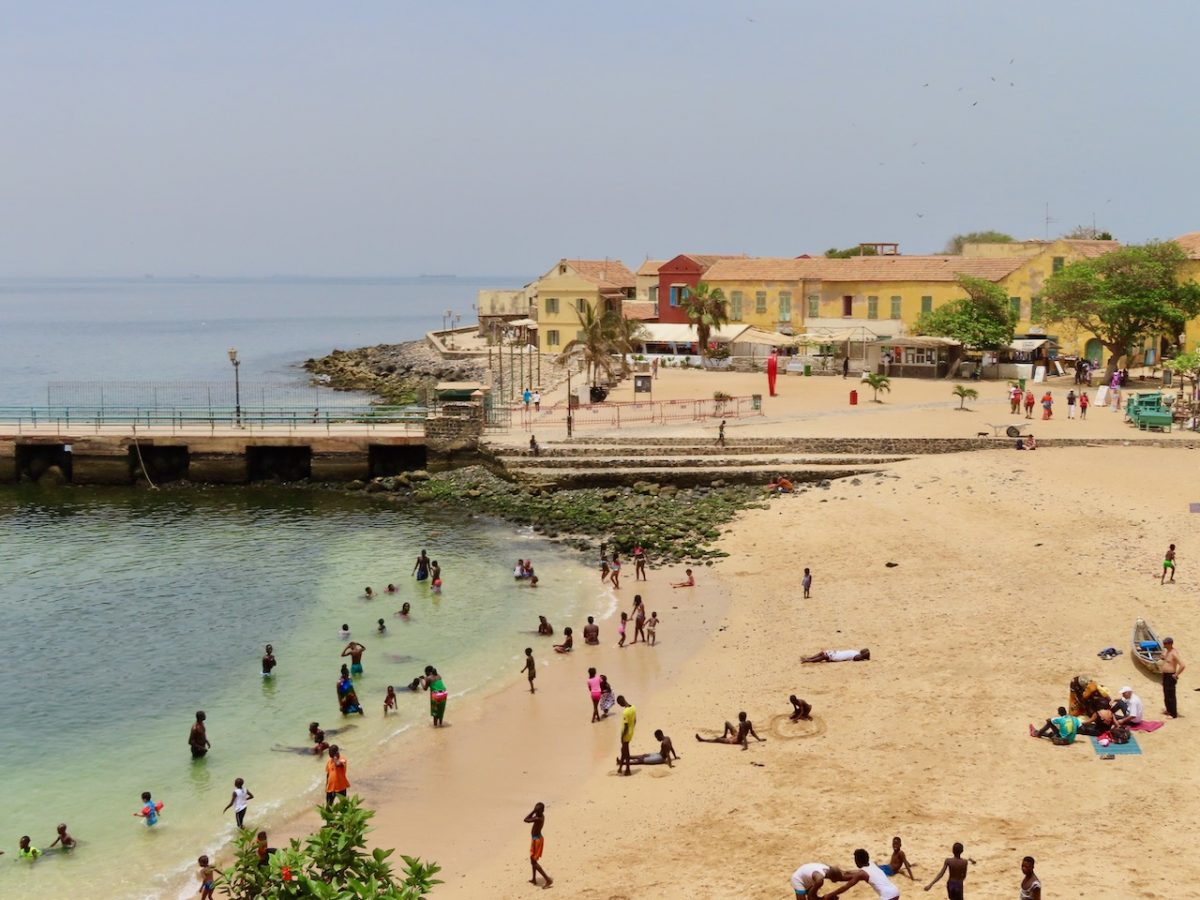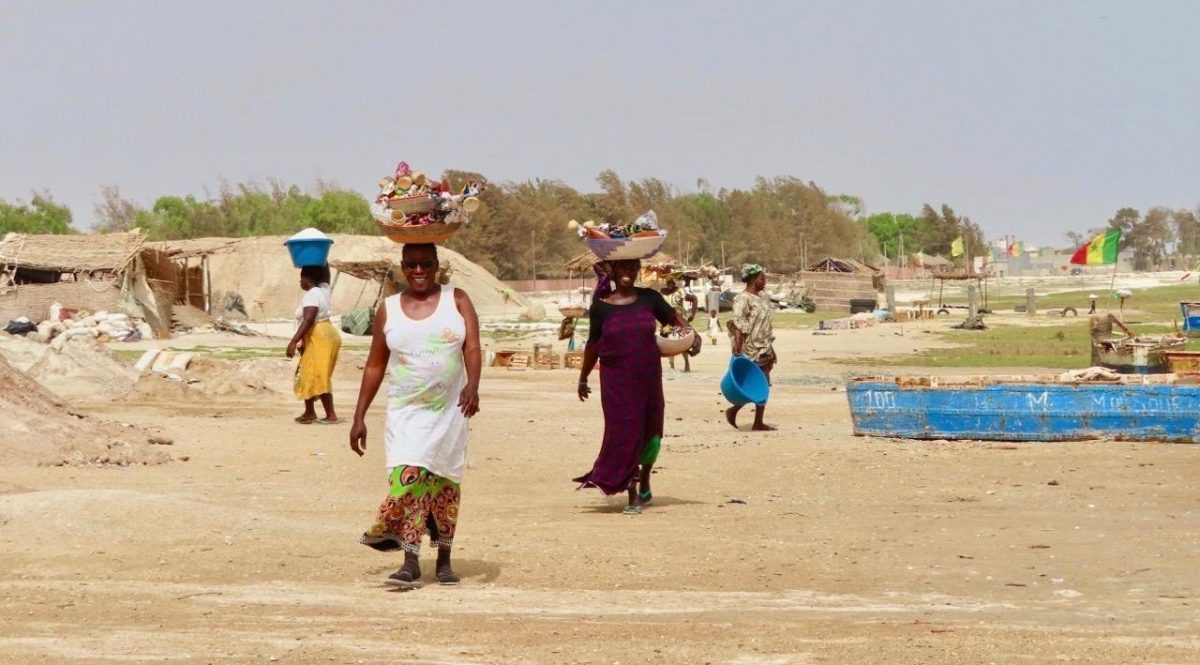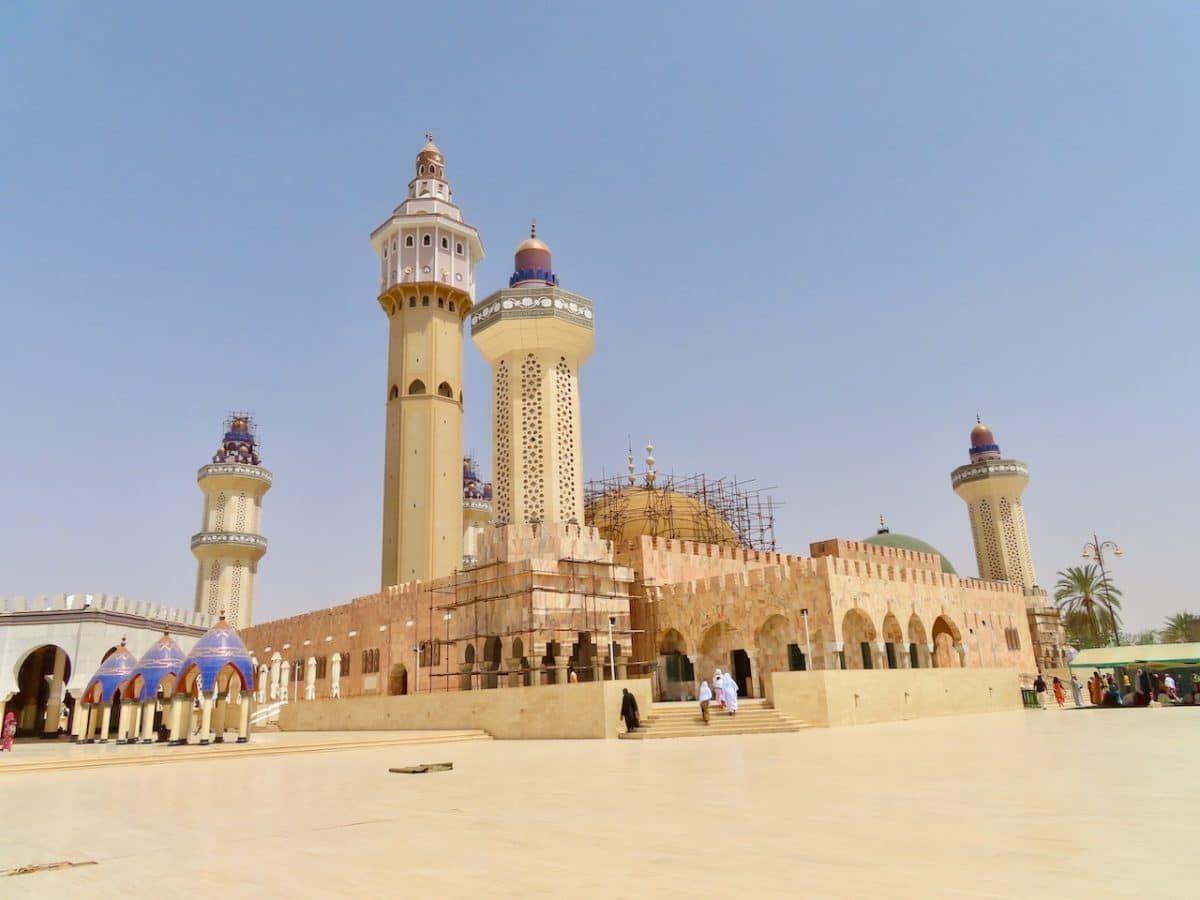Cuisine Noir Magazine. Sept 2019.
Senegal is one of the most peaceful and well-developed countries in West Africa and there was only one reported case of Ebola in 2014 (according to WHO). This French-speaking country in the westernmost part of Africa is relatively easy to navigate and friendly toward tourists. It offers pristine beaches, large fishing villages, heritage sites and new museums. It is also one of the best places to learn about African-American history.

Dakar
Unlike other capital cities on the African continent, Dakar is relatively quiet and clean, especially on the weekends. Plan to spend a couple of days exploring the city’s French architecture, museums, markets and restaurants. Wander around the streets where you can see French bakeries selling fresh baguettes, hole-in-the-wall shawarma stalls and upscale coffee and gelato shops. Grab lunch in the courtyard of the French Institute and check out their schedule of daily music and cultural performances.
The recently opened Museum of Black Civilizations offers a good overview from the birth of humanity and early civilizations to textiles, fashion and modern art. The African Renaissance Monument is the tallest statue in Africa and was designed by a Senegalese architect. The 160- foot bronze monument is a symbol of Africa’s readiness to take its destiny into its own hands.
A short ferry ride from Dakar is Goree Island, a UNESCO World Heritage Site. Here, colorful Dutch slave trader houses, cobblestone streets dotted with pink bougainvillea and blue Atlantic waters make it a scenic location. Take a guided tour of Maison des Ésclaves (Slave House) to learn about the Atlantic slave trade that originated from the island.
The Pink Lake
The second most popular destination in Senegal is Lac Rose (Lake Retba), also known as the Pink Lake. Here you can see seasonal workers collecting salt on long summer days while ladies dressed in bright traditional clothes sell souvenirs and homemade snacks. Spend a few hours watching the color of the dense saltwater turn into shades of pink, float in the lake, take a boat ride or spend the night at Hotel De Crostaux Roses to enjoy a peaceful ambiance away from the city.

Lompoul Desert
White sand dunes make for a scenic setting in Lompoul, where the local village community also runs a luxurious eco-lodge, equipped with en suite bathrooms, a restaurant and bar. Explore by foot, ATV or on camelback, relax with a cocktail or enjoy a traditional Senegalese meal. The village men entertain guests each night with drumming and jambe dancing under the stars.
Kaya Fisherman Village
Stop at one of the largest fishing villages in West Africa to see the daily life of fishermen and their families. Afternoons are the best time to witness the bustling of the locals when fishermen return and pull their reels in. Hundreds of colorful boats dot the busy beach where men reel in nets, sort, bid and sell. Most of the seafood is exported to Europe.
As you pass through the villages, kids will wave and run up to greet you with “bonjour” in their soft, innocent voices. People in Senegal are extremely friendly and will strike up conversations or invite you to see their shops. The Senegalese people are proud of their teranga, the Wolof word for hospitality.
Saint Louis
The former capital of Senegal, with its French Colonial buildings and lively music scene, resembles the city of New Orleans. Many of the historic buildings in the UNESCO city of Saint Louis have been turned into hotels and restaurants. Though there are a few art galleries and African boutiques, most people spend a few hours observing pelicans, flamingos, seagulls and eagles at the Djoudj National Bird Sanctuary.
Also, the Saint Louis Jazz Festival held in April is one of the most popular music events in Africa and requires reservations months in advance.
Touba
Touba is a holy pilgrimage site for the Mouride brotherhood, a Sufi order. The main attraction in this holy city is one of the largest mosques in Africa with a capacity of 7,000 people. With its intricately designed ceilings, minarets and large domes, the mosque is an architectural marvel and a revered pilgrimage site.

If you don’t speak French and are traveling in this part of Africa for the first time, it is encouraged to have a local tour guide or travel with a trusted company. There are few international tour operators offering sustainable tours to West Africa. Canada-based G Adventures recently launched its Senegal and The Gambia itinerary that includes highlights of both countries in a small group setting. G Adventures’ Planeterra Foundation helps kickstart and support social enterprises in Africa and around the world, which are embedded in their tours as customer experiences.
~ Written for & published by Cuisine Noir Magazine. All rights reserved.